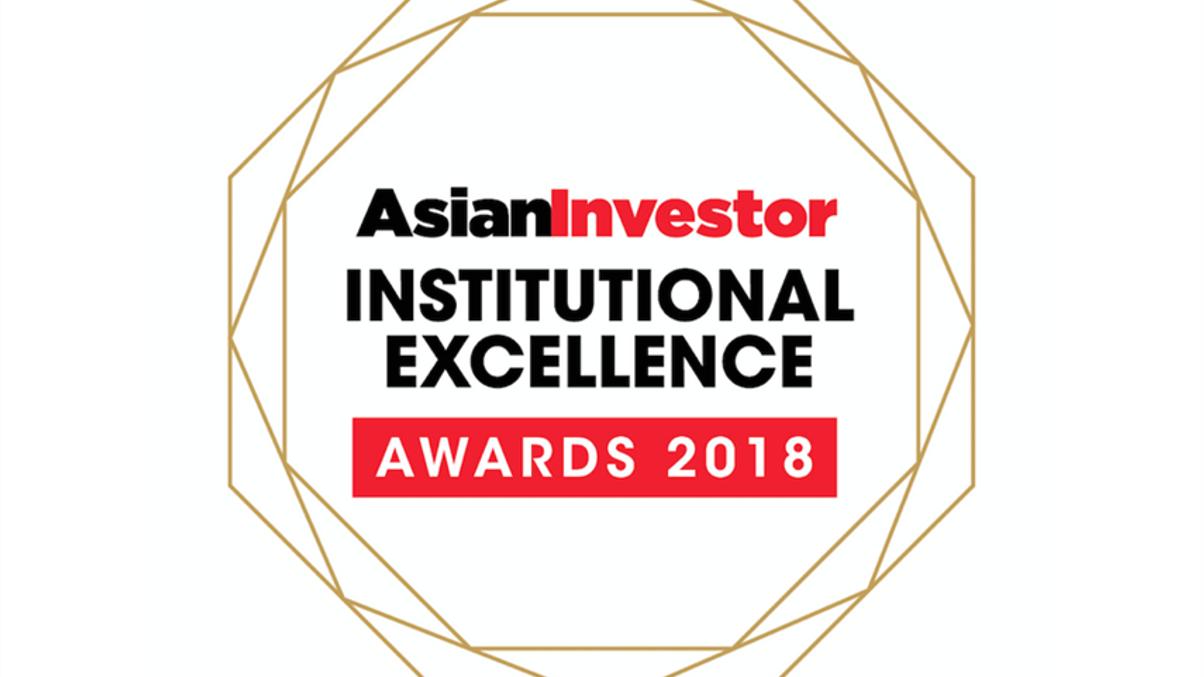award
Asia’s standout asset owners: Korea, SE Asia, Taiwan
AsianInvestor reveals why we chose Korea Teachers Credit Union, GIC of Singapore and the Bureau of Labor Funds as the top institutions for Korea, Southeast Asia and Taiwan.

AsianInvestor’s annual institutional excellence awards are designed to identify, recognise and celebrate the asset owners of the region that are either best-in-class in their institutional areas or geographies, or are fast strengthening their capabilities and worthy of notice.
Sign In to Your Account
Access Exclusive AsianInvestor Content!
Please sign in to your subscription to unlock full access to our premium AI resources.
Free Registration & 7-Day Trial
Register now to enjoy a 7-day free trial—no registration fees required. Click the link to get started.
Note: This free trial is a one-time offer.
¬ Haymarket Media Limited. All rights reserved.


